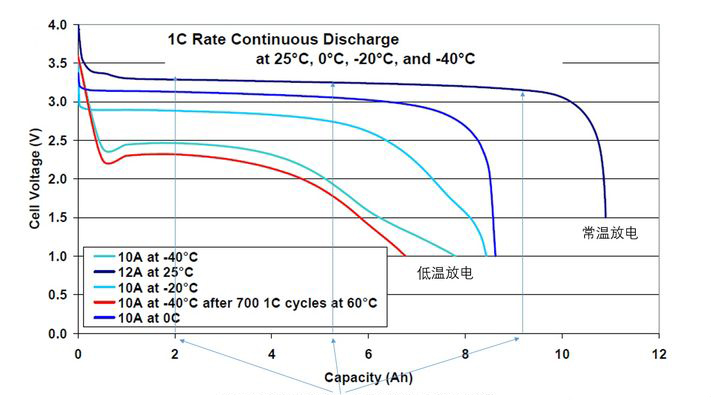 |
Welcome To Evlithium Best Store For Lithium Iron Phosphate (LiFePO4) Battery |
 |

In the world of rechargeable batteries, LiFePO4, or Lithium Iron Phosphate, has gained significant attention for its numerous advantages, including high energy density and longer lifespan. Understanding the factors that influence LiFePO4 battery lifespan is crucial for maximizing their efficiency and durability.
LiFePO4 batteries operate optimally within a specific temperature range. Extreme heat or cold can accelerate degradation, affecting overall performance and longevity.
The depth to which a LiFePO4 battery is discharged significantly impacts its lifespan. Shallower discharges contribute to prolonged battery life.
Maintaining the proper charging voltage is critical. Overcharging can lead to heating and reduced lifespan, while undercharging may result in incomplete cycles, affecting overall capacity.
The number of charge and discharge cycles a LiFePO4 battery undergoes influences its overall lifespan. Managing these cycles efficiently is key to maximizing longevity.
LiFePO4 batteries perform best within a specific temperature range, usually between 20°C and 45°C. Storing or operating them outside this range may compromise their performance.
To extend LiFePO4 battery lifespan, it is advisable to maintain a moderate depth of discharge, ideally between 20% and 80%, rather than regularly discharging it fully.
Ensuring the correct charging voltage, typically between 3.2V and 3.6V per cell, prevents overcharging and safeguards the battery from potential damage.
Carefully monitoring and managing the number of charging and discharging cycles helps maintain optimal performance over an extended period.
Contrary to popular belief, LiFePO4 batteries do experience degradation, although at a slower rate compared to some other lithium-ion chemistries.
LiFePO4 batteries have lower self-discharge rates, but it's crucial to note that they are not entirely immune. Periodic charging is essential to counteract self-discharge.
Overcharging can lead to increased temperatures within the battery, accelerating degradation. Employing effective charging control mechanisms is vital.
Regularly assessing the battery's capacity ensures that it continues to meet the specified requirements. Capacity testing helps identify any potential issues.
Periodic checks on voltage and internal resistance provide insights into the battery's health and performance. Deviations from standard values may indicate problems.
Simple yet effective maintenance practices, such as cleaning terminals and ensuring proper ventilation, contribute to sustained battery health.
Storing LiFePO4 batteries in a cool, dry place with a partial charge helps prevent degradation during periods of inactivity.
Routine inspections, cleaning, and addressing any issues promptly contribute to prolonging LiFePO4 battery lifespan.
Implementing BMS technology ensures optimal charging and discharging, preventing overcharging or discharging, which can harm the battery.
Highlighting instances where LiFePO4 batteries have demonstrated exceptional longevity in various applications.
Examining real-world cases where meticulous battery management practices have resulted in extended lifespans.
Assessing the environmental impact of LiFePO4 batteries compared to traditional lithium-ion batteries and other chemistries.
Exploring eco-friendly options for recycling and disposing of LiFePO4 batteries responsibly.
Highlighting the latest advancements and ongoing research in LiFePO4 battery technology.
Discussing potential innovations that could further enhance the already impressive lifespan of LiFePO4 batteries.
In conclusion, understanding and implementing the factors that influence LiFePO4 battery lifespan are paramount for users seeking optimal performance and longevity. By adhering to recommended operating conditions, conducting regular testing, and adopting responsible usage practices, users can unlock the full potential of LiFePO4 batteries.
Edit by editor
All Rights reserved © 2025 Evlithium Limited